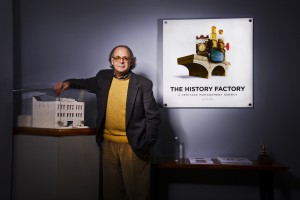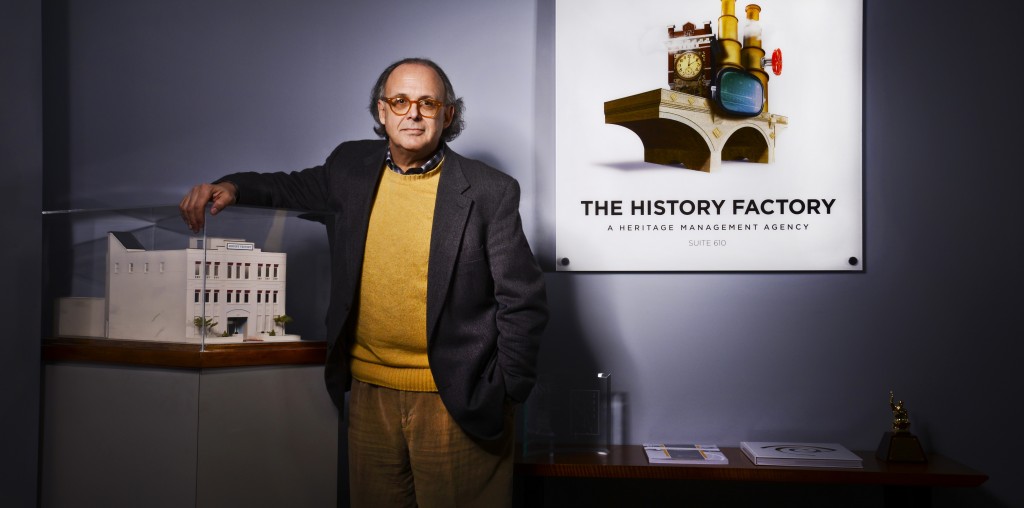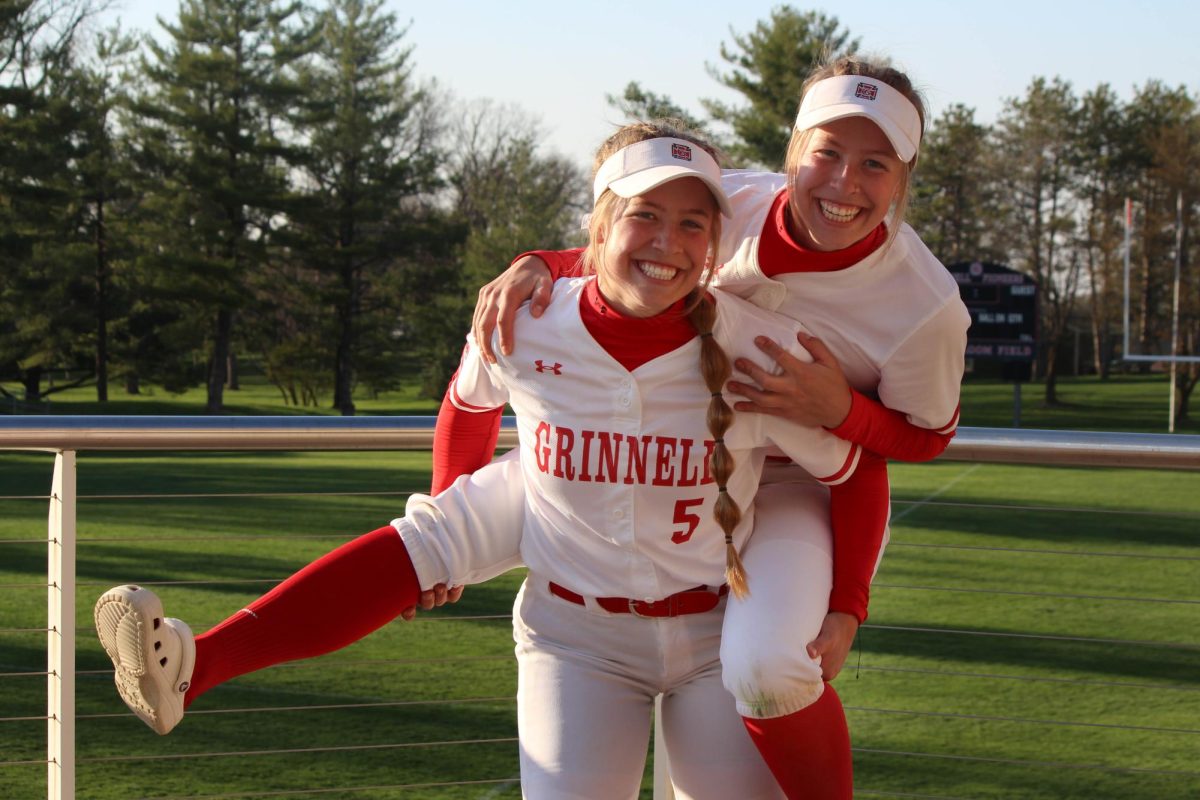
Bruce Weindruch ’78 was recently invited back to Grinnell College as part of the Career Development Office’s Career Connection Program. Weindruch graduated from Grinnell with a B.A. in American Civilization and a minor in Education. He then went on to pursue a Ph.D from George Washington University and Smithsonian Affiliation Ph.D. program but never received it before deciding to start his own business, The History Factory. During his visit back to Grinnell, Weindruch sat down with Yishi Liang of the S&B and shared his many experiences within the history field and thoughts on how the College has changed since his time here.
You worked with the Smithsonian before starting your own business. What did you do there?
I worked for the National Portrait Gallery, which in those days was almost a brand new institution. It wasn’t part of the traditional Smithsonian career path; no one knew what it was. It was in the middle of the old town DC, and people didn’t really want to go there because it was very rundown then. They knew they weren’t going to get people to come there, so they were building an outreach program.
The idea of the outreach was to send people out to schools or senior living facilities, people who were going to visit the gallery, and we were going to role-play with them. Then, when they came to the portrait gallery, they would already understand the people who were in the portraits. My job was to go out and conduct these role-playing activities and when they came to the portrait gallery, I would conduct the tours.
What made you decide to start your business after that?
One thing that I had always been interested in from my Grinnell years was business biography or business history. While at graduate school and at the Smithsonian, any question that ever came up about business history or economic history, I had an answer to it. What happened was I started to become known as the guy who you could go to about business history. They started referring people to me. Companies would say, “We can’t help you, but there’s this guy.” And I started to consult. That’s why I transitioned to a business.
And how did you make that transition?
What was really happening was that in 1979, my wife, who’s a Grinnell grad, and I had our first child. I was a T.A. [teaching assistant]. I was in graduate school, I was working at the Smithsonian and I was consulting. We just had a baby, and she couldn’t find me during the day. She said I needed a place, since there were no cell phones then, where I would she could call me if she needed me. I said, “Okay, I’ll get a little office somewhere.” I went to get a lease on a little tiny room, but they wouldn’t give it to me without an Articles of Incorporation. So I went [out] at lunch, incorporated, show them my Articles of Incorporation, they gave me a lease [and] I put in a phone. That’s why I started a business—I needed a phone.
How did your education at Grinnell and at the Smithsonian help you start your business?
I took a lot of what I had learned in American Studies here, like interpretative technique and ways to look at history. Then, I took a lot of things I had learned in the museum world about how to tell a story for an audience. And I thought, “Why can’t I do this for a company? Why can’t I tell the story of a company in a way that their employees, their community can relate to them?” The idea was to design things that informed people using history. My partner was a designer and I was the historian.
Another Grinnell connection, a buddy of mine from Grinnell gave me a PC in 1979. That was when PCs had just started. I took that PC and archived with it. Pretty soon, we realized we were building databases. We realized we might have a business. That’s how I started.
The History Factory is liberal arts, applied and monetized. I basically monetized a lot of the things I learned in American Studies and the museum business.
The major you had (American Civilization) is no longer offered at Grinnell. Why do you think that is?
I think American Civ. is kind of like wrestling at the Olympics. They’re not going to do wrestling at the Olympics anymore. It’s because for many years, people who wrestled would say, “We’re the heart of the ancient Olympics. We don’t need to defend ourselves.” And basically I believe that American Civ. here did not make itself relevant. When I was here it was, “We have the second oldest American Civ. program. Yale was first. We were second.“ Well, what’s that got to do with anything? I honestly believe that it did not make itself relevant and, because of that, it went away.
I also think as the College has to prioritize resources, their bandwidth is narrowed. And I think that students, as they worry about the job market, didn’t see the applicability of it. Had I been around, I would’ve made sure that they did. American Civilization was just any discipline using American examples. History, psychology, philosophy, religion, I did all of them. And it gave me a worldview that was very applicable to the business world as a consultant.
What else has changed about Grinnell since you attended?
The amazing thing is I did not come back to Grinnell after I graduated until two years ago. So I literally had not been here for maybe 31 years. The most amazing thing is the campus now has seemingly a focus. This street [8th Avenue] has a focus. It seems to me almost that this street is the gateway into Grinnell. I like it. I like that fact that it is now proportionally filled in and makes sense. When I was here, it didn’t make sense. There was North and South [Campus], the Forum, a gym way over there. Nothing made sense.
And the students?
I have to be honest with you, the kids look the same. I would say we weren’t always as fashionable. My son went to Davidson. At Davidson, they did your laundry. It looked like a J. Crew catalogue. My daughter goes to Kenyon. I have a senior in high school who’s looking at liberal arts schools. None of them were interested in Grinnell. They thought it was too weird.
Correction: The original article said Bruce Weindruch had received a Ph.D from George Washington University. However, Weindruch had attended the program but did not receive the degree. The S&B apologizes for this error.





























































